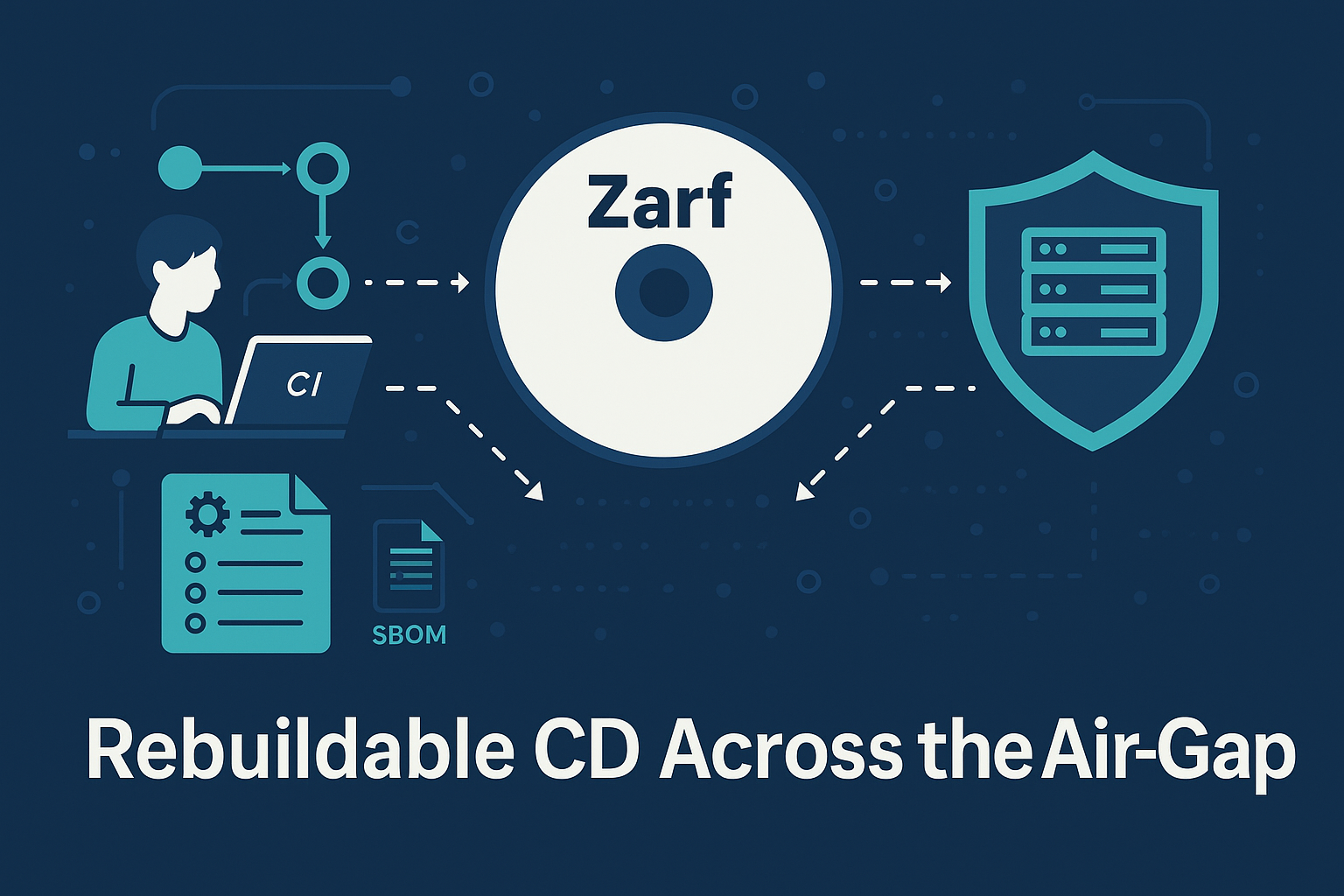Forget DevOps - Rethinking Software Delivery for the Warfighter
Rethinking software delivery for the warfighter
If you expected another slide deck about Kubernetes, microservices, or "agile ceremonies," Stewart Hall's presentation would have felt like a flying mallet to the forehead—in the best possible way. Hall, Technical Director for PMW 160, the Tactical Networks Program Office, at the U.S. Navy's Program Executive Office for Command, Control, Communications, Computers and Intelligence (PEO C4I), used stories from his own life as a hobbiest cabinet-maker to hammer home a single question: "Why are we still treating software like bespoke fine furniture when the user just needs something that works, right now, at sea?"
The Dept. of the Navy CIO years: factories without a loading dock
Hall began with his stint as DoN CIO's "software-modernization lead"—a title, he joked, he held "more in name than anything." In 2019-2020 the Pentagon was in love with the phrase software factory. Teams sprinted to adopt DevSecOps tool chains, dubbed software factories, and argued for their favorites. However, when Hall asked a deadly simple question—"Where is your production environment?"—nobody could answer.
A pipeline with no exit ramp is just a very expensive treadmill. If you don't understand the production environment: the technical constraints and the people expected to use the solution, then every line of code written results in increased risk, not potential mission value.
Hall said one if the lessons he learned was "Start at production and work backwards." That insight led Hall to champion "Path-to-Production Teams": cross-functional groups responsible for helping to align tool chains to production environments, so it became less about "I like this factory" and more about "this factory fits the needs of our production environment."
The woodworker's epiphany: craftsmanship vs. production
Switching gears, Hall confessed his real passion: Arts-and-Crafts woodworking. In that world, visible dovetails, hand tools, and heirloom durability reign supreme. The craftsmanship required to build the furniture is even more important than the utility of the furniture or the effort required to create it. But when he enrolled in a community-college course on kitchen-cabinet production, the instructor opened with: "Forget everything you learned over there; that's not fast enough for production." Production of furniture requires standardized processes.
Hall mentioned the European 32-millimeter system that allows standardization of hardware, interchangeable components, and simplifies construction so that installation can even be done by the end users. Add flat-pack logistics and minimal tools, and you have—yes—IKEA. Love or hate their particleboard, IKEA solved delivery, installation, and user onboarding in one fell swoop.
Parallel to software:
Developers debate container runtimes the way artisans debate dovetails. Meanwhile, the sailor in the Pacific just wants the network back up before the next watch change. We need to leave behind artisanal software development and focus on efficiency, effectiveness, and speed to field.
"Optimize for delivery!"
Hall's crescendo was pure catharsis:
- "Agile is something you are, not something you do."
- "My customer does not care about service meshes."
- "Be more like IKEA—innovate the path to production, not the joinery."
He urged the audience of government engineers and industry partners to stop obsessing over tools and start obsessing over operational delivery: self-service deployment paths, zero-friction updates, and interfaces so clear that a tired Petty Officer can recover services at 0200 with nobody on call.
Why This matters
-
Mission Focus > Methodology Worship
Hall's war-fighter lens reminds us that uptime, not YAML purity, is the KPI that counts in defense.
-
Production Constraints Shape Design
Just as the 32-mm standard enabled IKEA's supply chain, knowing your shipboard enclave or tactical edge constraints should shape your code and pipeline from day one.
-
Path-to-Production Teams Are the Missing Org Chart Node
If nobody "owns" the last mile, the last mile won't ship. Embed that ownership.
Closing thought
Until we treat software delivery the way IKEA treats furniture delivery—flat-pack simplicity, user-friendly assembly, and relentless focus on fit-for-purpose—we'll keep shipping masterpieces late that people find difficult to deploy and use.
The next time your sprint demo spirals into Helm-chart navel-gazing, ask Hall's question: Where will the user actually run this—and how do we get it there, today?


